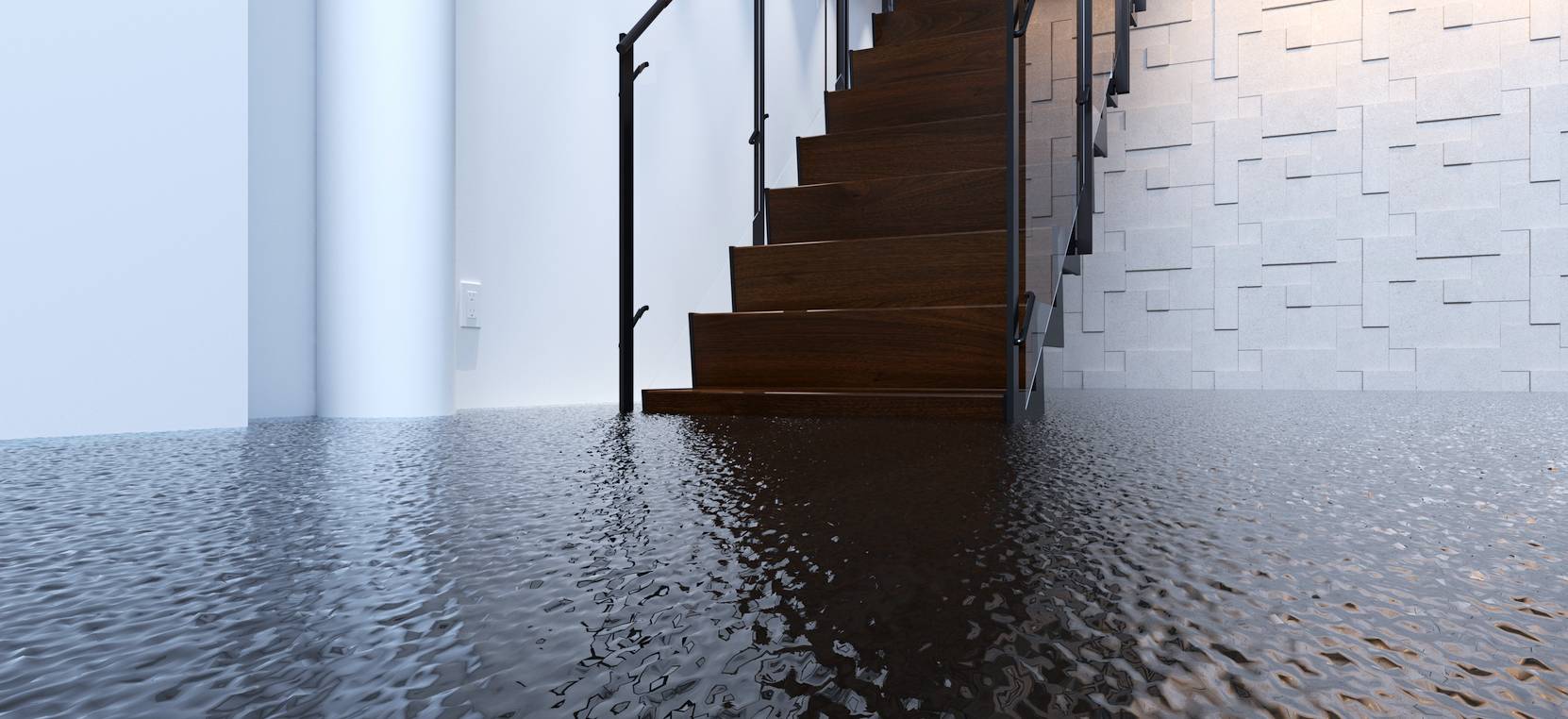Most, if not all, people have experienced at least some form of water damage on their property at some point in their lives. Dealing with it can be frustrating, disheartening even, and that’s why we’ve decided to provide you with a guide on how to deal with water damage and what to look out for when doing so.
A professional’s advise on dealing with natural and human made water damage
Before starting, it’s important to clarify that the techniques which you will use to deal with water damage, to a great extent, depend on the source of the damage itself. There are two variations, the ones that are natural i.e. flooding due to natural disasters, rover overflows, and the second one are human made – sewage back-ups, neighbor flooding, plumbing issues and so forth.
This clarification is necessary because when dealing with sewage, you need to be mindful of the dangers of sewage spillage, mainly bacteria like e-coli and brain eating ameba. You need to take into consideration disinfecting the parts of the property which have been affected, mainly because of the inherent risk of sewage spills on wood, drywall, concrete and other porous materials.
Dealing with the moisture problem
Aside from the havoc which water can cause, the second biggest concern is dealing with the moisture which all materials soak up. Wood is especially vulnerable to fresh water sources because it carries quite a lot of spores with it, the development of which can promote rot, and it will weaken any load bearing wooden structures.
Considering 68% of US homes are constructed from wooden beams and trusses, this is not a variable considerable, it should be your main concern. Spores alone will not demolish a home, but moisture will overtime develop pockets of mold which create their own biome, optimized for moisture retention.
Repairing and restoring water damage
If there are parts of the property which are too far gone or have been contaminated with sewage or other gray water sources beyond repair, don’t be afraid to renovate them. Better safe than sorry – because once you’ve sealed that wall with brand new drywall and spackle, you won’t be thinking about it, but it will continue festering.
One of the best ways of dealing with damage, is if you get professional help. Professionals like GCDRestration.com who have more than 15 years of experience in dealing with all water damage repair and restoration issues.
They are aware of the hazards and can accomplish a full restoration, regardless of the damage source or scenario. Save yourself the trouble, time and hassle and deal with professionals instead of risking your safety and the value of your property.

